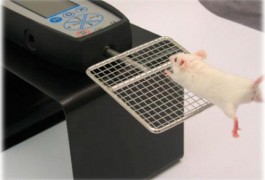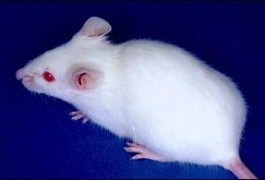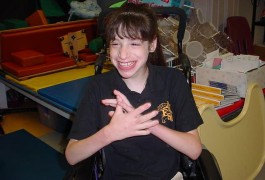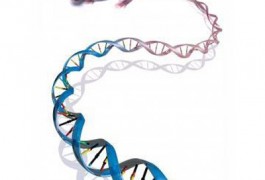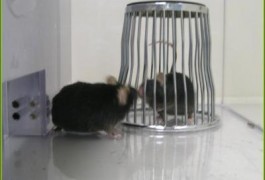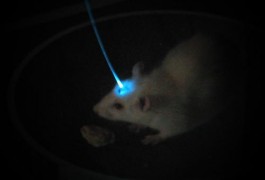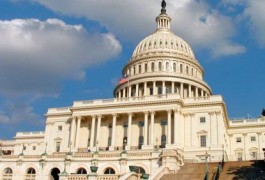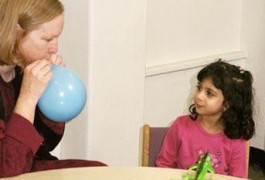A simple behavioral test for mice
Researchers at the Society for Neuroscience today described a new test for animal behavior that doesn’t interfere with normal mouse behavior, doesn’t require human interaction, and makes it simple to take long-term measurements: the ‘licking testʼ.







